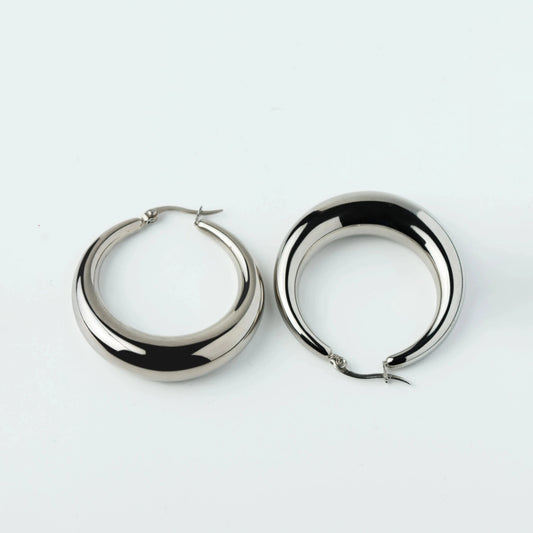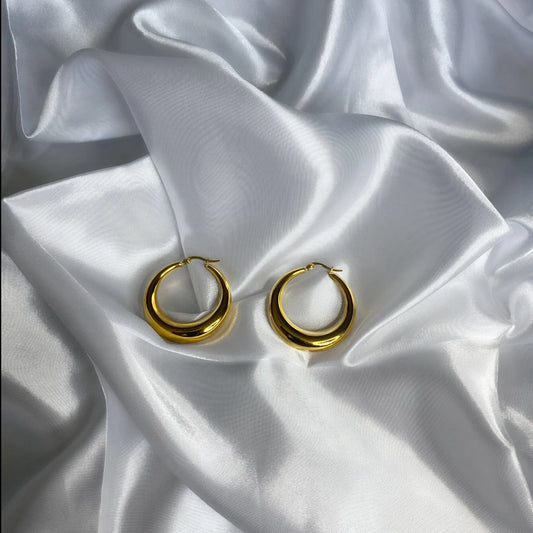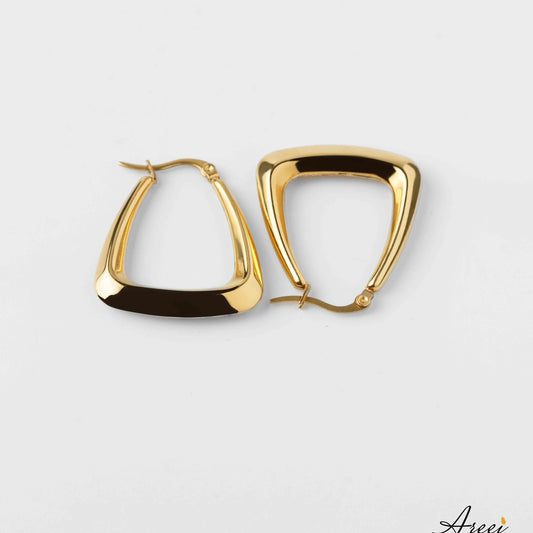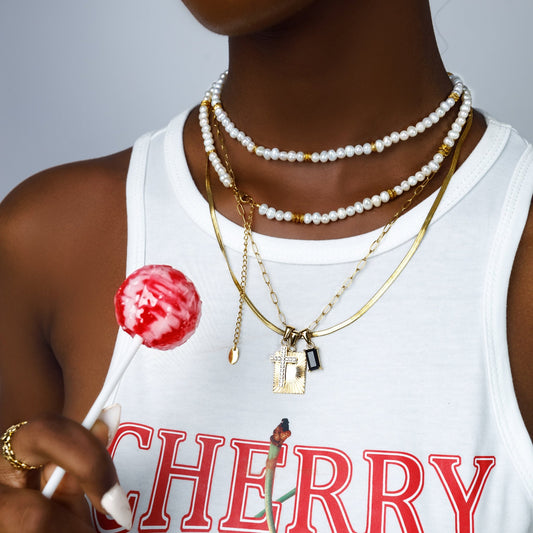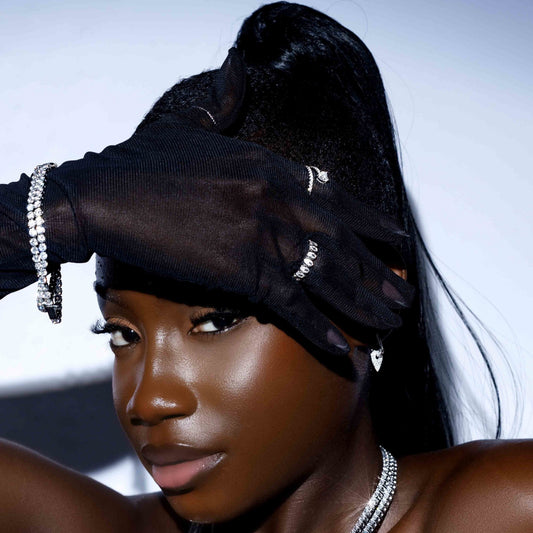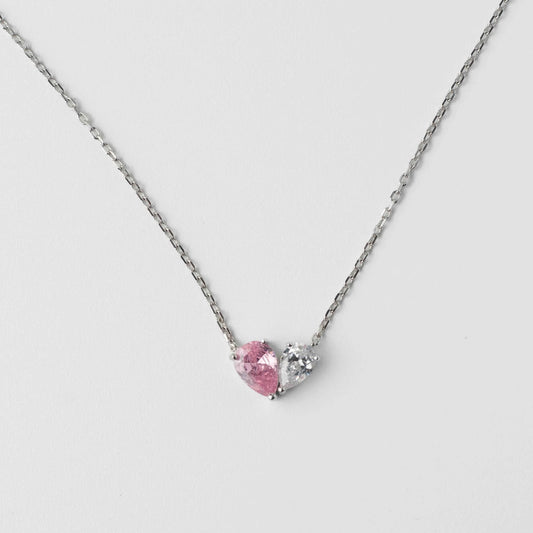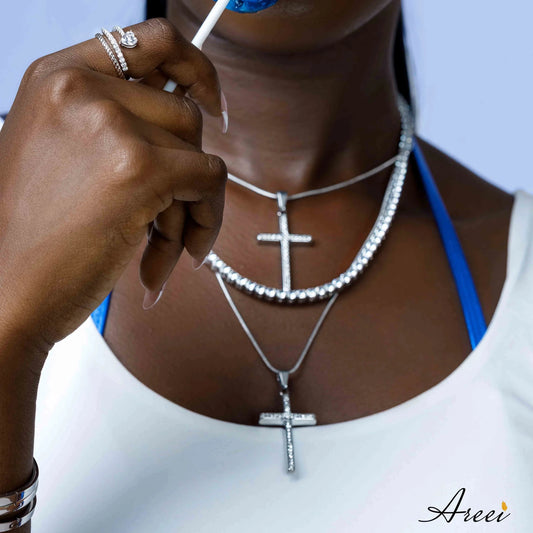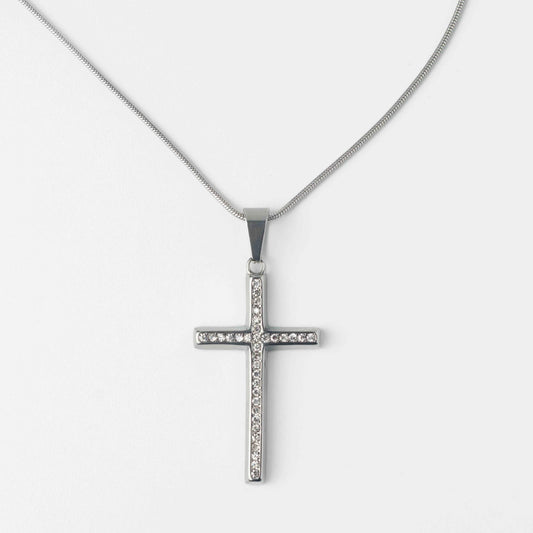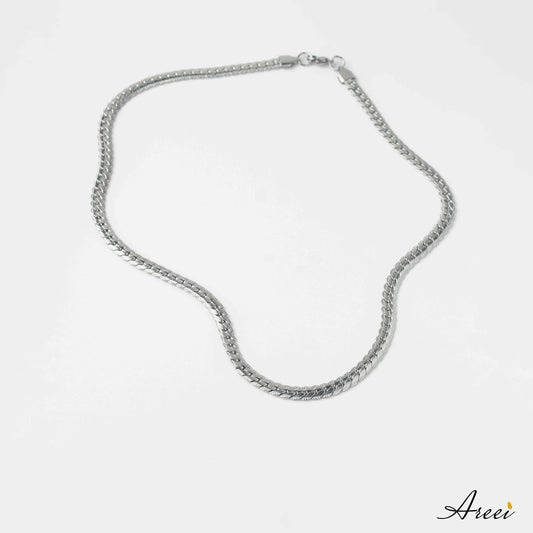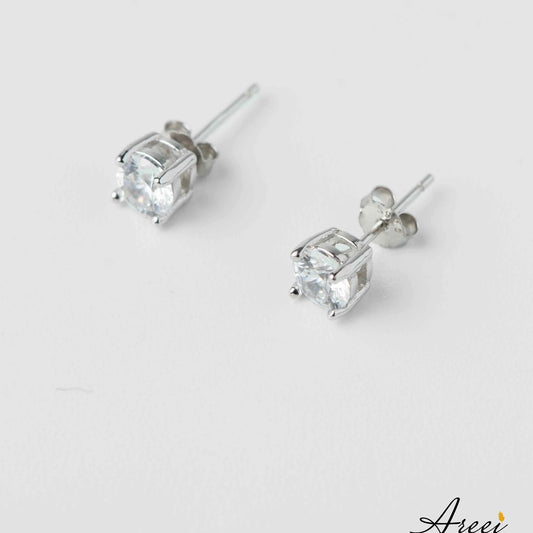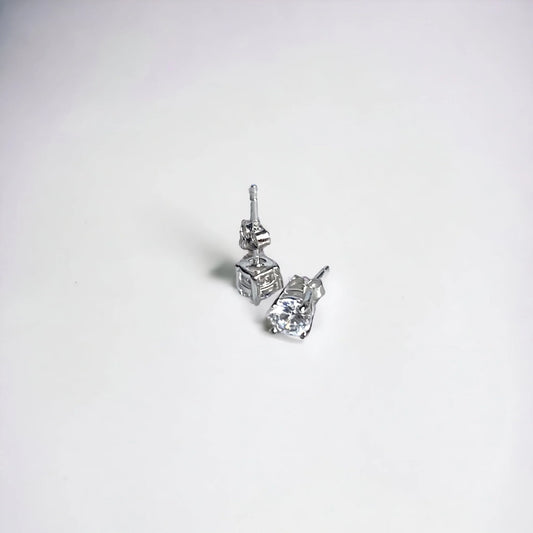Unlike gold, silver presents unique challenges and opportunities when it comes to longevity. Our previous guide on gold durability covered the basics of the precious metal’s longevity, silver presents distinctly different challenges and opportunities when it comes to lasting value. Understanding how to ensure your silver will last long is essential for protecting your investment and maintaining its beauty. This comprehensive guide will help you identify durable silver, prevent common issues, and maximise its lifespan.
Understanding Silver's Natural Properties: What Affects Silver Longevity
The Science Behind Silver Durability
Silver possesses remarkable properties that make it both valuable and challenging to maintain. As the most conductive and reflective of all metals, silver has unique characteristics that directly impact its longevity.
Key properties affecting silver's durability:
- High reactivity: Silver readily reacts with chemical compound in the air
- Excellent conductivity: Makes it valuable but also reactive
- Antimicrobial properties: Natural resistance to bacteria and microorganisms
Pure Silver vs. Silver Alloys: Longevity Comparison
Understanding silver purity is crucial for predicting how long your silver will last:
Fine Silver (.999 or 99.9% pure)
- Maximum silver content with minimal alloys
- Softer and more prone to scratches and dents
- Less tarnish-resistant than sterling silver
Sterling Silver (.925 or 92.5% silver)
- 92.5% silver with 7.5% other metals (usually copper)
- More durable for everyday use
- Standard for quality jewellery and silverware
- Good balance of durability and purity
Coin Silver (.900 or 90% silver)
- Historical standard for US silver coins
- Durable but lower silver content
- Collectible value often exceeds silver content
- Good long-term holding potential
Silver-Plated Items
- Thin layer of silver over base metals
- Limited lifespan as plating wears off
- Requires careful handling to maintain appearance
- Not suitable for long-term investment
Apple of My Eye Necklace from Areei
How to Identify High-Quality Silver That Will Last
Essential Silver Authentication Methods
Magnet Testing
- Strong magnetic attraction indicates fake silver
- Silver is not magnetic
- Simple preliminary test but not definitive
- Weak attraction may indicate silver-plated items
Ice Test
- Silver has high thermal conductivity
- Ice melts quickly when placed on pure silver
- Effective for larger silver pieces
- Complements other testing methods
Visual and Physical Inspection for Silver Quality
Signs of High-Quality, Durable Silver:
- Consistent colour and finish: Uniform appearance throughout
- Appropriate weight: Silver is denser than most base metals
- Quality craftsmanship: Dense, solid construction without air bubbles
Warning Signs of Poor-Quality Silver:
- Greenish discolouration: Indicates high copper content
- Flaking or peeling: Suggests silver plating over base metal
- Excessive lightness: May indicate hollow construction or fake silver
- Rough or pitted surface: Poor quality control or counterfeit items
Silver Cross Diamond Necklace from Areei
Major Factors That Affect Silver's Longevity
Environmental Challenges for Silver
Tarnishing: Silver's Biggest Enemy
- Caused by reaction with hydrogen sulfide in air
- Creates silver sulfide (black tarnish) on surface
- More pronounced in polluted or humid environments
- Does not damage underlying silver but affects appearance
Humidity and Moisture
- Accelerates tarnishing process
- Can promote corrosion in silver alloys
- Proper storage essential for longevity
- Dehumidifiers beneficial in storage areas
Chemical Exposure
- Household chemicals can damage silver
- Rubber, wool, and some papers contain sulfur
- Perfumes and lotions accelerate tarnishing
- Pool chemicals can cause permanent damage
Usage and Handling Factors
Daily Wear Considerations
- Sterling silver more suitable for regular use than fine silver
- Frequent handling actually reduces tarnishing through natural polishing
- Remove during cleaning, swimming, or exercise
- Store properly when not in use
Storage Environment
- Temperature-controlled environments ideal
- Anti-tarnish strips and cloths slow oxidation
- Separate pieces to prevent scratching
- Sealed containers with low humidity preferred
Silver Investment Forms: Durability Comparison
Silver Jewellery Longevity
Sterling Silver Jewellery
- Excellent durability for daily wear
- Requires regular maintenance to prevent tarnishing
- Quality pieces can last generations with proper care
- Vintage sterling often shows excellent longevity
Silver-Plated Jewellery
- Limited lifespan as plating wears through
- Not suitable for frequent wear
- Replating possible but expensive
- Better for occasional use items
Nour Tennis Necklace from Areei
Preventing Silver Tarnish: Key to Long-term Durability
Understanding the Tarnishing Process
Tarnishing is silver's reaction with chemical compounds, creating a thin layer of chemical residue. While it doesn't damage the underlying metal, it affects appearance and perceived value.
Stages of Silver Tarnishing:
- Initial oxidation: Slight dulling of surface
- Yellow tarnish: Light discolouration appears
- Brown tarnish: More pronounced colour change
- Black tarnish: Heavy oxidation layer forms
Effective Tarnish Prevention Methods
Storage Solutions:
- Anti-tarnish cloths: Treated fabrics that absorb chemical compounds
- Silica gel packets: Control humidity in storage containers
- Anti-tarnish strips: Commercial products that neutralise harmful gases
Handling Practices:
- Clean hands and dry thoroughly before touching silver
- Handle by edges to minimise fingerprint transfer
- Regular gentle cleaning prevents heavy tarnish buildup
Proper Silver Care and Maintenance for Maximum Longevity
Safe Silver Cleaning Techniques
For Lightly Tarnished Silver:
- Warm soapy water with mild dish soap
- Soft-bristled toothbrush for gentle scrubbing
- Thorough rinse with clean water
- Immediate drying with soft, lint-free cloth
For Moderate Tarnishing:
- Commercial silver polish (follow manufacturer instructions)
- Silver cleaning cloths treated with polish
- Avoid abrasive polishes that remove silver
- Work in small sections for even results
For Heavy Tarnishing:
- Professional cleaning recommended for valuable pieces
- Consider professional restoration for antiques
- Document before and after for insurance purposes
What to Avoid in Silver Care:
- Bleach or chlorine-based products
- Abrasive cleaners or steel wool
- Lemon juice or other acidic solutions
- Excessive polishing that removes silver
Professional Silver Restoration
When to Seek Professional Help:
- Valuable antique or collectible pieces
- Heavy corrosion or damage
- Intricate designs requiring specialised tools
- Insurance appraisal or documentation needs
Professional Services Available:
- Ultrasonic cleaning for intricate pieces
- Replating for worn silver-plated items
- Dent removal and reshaping
- Green pigments restoration for antique pieces
Common Silver Durability Myths Debunked
Myth 1: "Tarnished Silver Is Damaged Silver"
Reality: Tarnishing is surface oxidation that doesn't damage underlying silver and can be removed with proper cleaning.
Myth 2: "Silver Doesn't Last as Long as Gold"
Reality: While silver requires more maintenance, properly cared for silver can last indefinitely and maintain its value.
Myth 3: "All Silver Tarnishes at the Same Rate"
Reality: Tarnishing rates vary based on purity, alloy composition, and environmental conditions.
Myth 4: "Silver-Plated Items Are Good Long-term Investments"
Reality: Silver plating wears off over time, making solid silver a better choice for longevity.
Warning Signs Your Silver May Not Last
Physical Deterioration Indicators:
- Excessive dent: May indicate poor quality or harsh cleaning
- Colour changes: Green or blue discolouration suggests base metal exposure
- Flaking or peeling: Indicates silver plating over base metal
- Structural weakness: Cracks or bends under normal stress
Quality Concerns:
- Rapid, heavy tarnishing: May indicate high alloy content
- Skin discolouration: Green marks suggest high copper or nickel content
- Magnetic attraction: Real silver is never magnetic
- Unusual lightness: May indicate hollow construction or fake silver
Storage Solutions for Long-term Silver Preservation
Short-term Storage (Daily Use Items):
- Anti-tarnish jewellery boxes
- Individual soft pouches
- Separate compartments to prevent scratching
- Easy access while maintaining protection
Understanding how to identify and maintain silver that will last long requires knowledge of silver's unique properties and challenges. Unlike gold, silver demands more active care and attention, but with proper handling, storage, and maintenance, your silver can provide lasting value and beauty for generations.
By following these guidelines and maintaining consistent care practices, your silver can not only retain its value but often appreciate over time, serving as a beautiful possession. With proper knowledge and dedication to care, your silver truly can last forever while providing both aesthetic pleasure and financial security.

